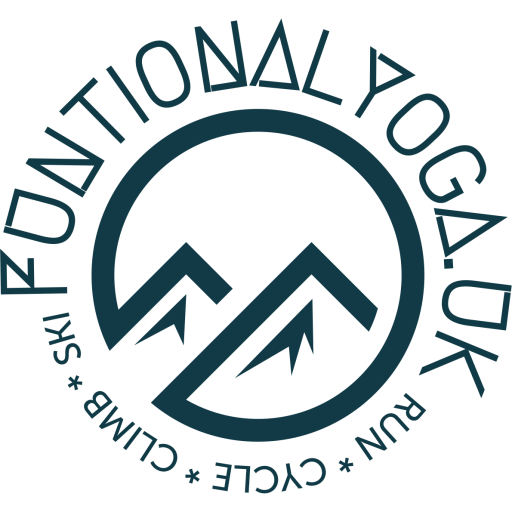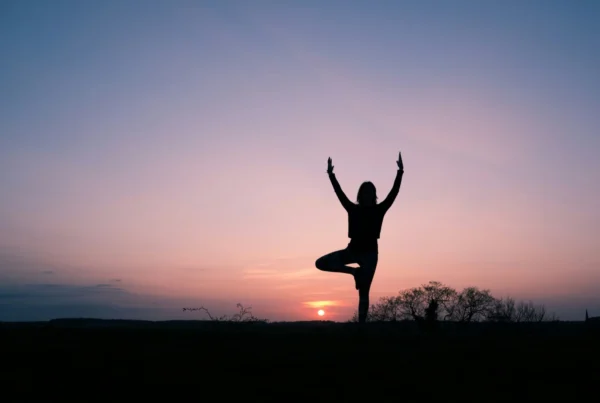
Understanding the Importance of Breath
The act of breathing is often taken for granted, yet it plays an indispensable role in athletic performance. Proper breathing techniques for athletes can significantly enhance the delivery of oxygen to muscles during physical exertion, which is crucial for maintaining peak performance. When an athlete engages in rigorous activity, their muscles require an increased supply of oxygen to produce energy. Effective breath control ensures that oxygen is efficiently transported throughout the body, optimizing endurance and delaying the onset of fatigue.
Physiologically, the way an athlete breathes impacts their overall performance. Shallow or rapid breathing can lead to inefficient oxygen use, resulting in increased carbon dioxide levels and early exhaustion. Conversely, employing deep breathing techniques not only enhances oxygen intake but also promotes a greater sense of relaxation within the body, allowing athletes to perform at their best. This is where yoga for sport performance becomes an invaluable tool. By integrating mindful breathing techniques into their training, athletes can develop a deeper awareness of their breath, thereby improving their overall physical and mental capabilities.
Moreover, the mental aspect of breathing cannot be overstated. Mindfulness and focus are critical components of athletic performance, and the breath acts as a bridge between the mind and body. By concentrating on their breathing, athletes can cultivate mental clarity, reduce anxiety, and enhance concentration. This heightened level of awareness allows them to remain present during competition, facilitating improved decision-making and a performance that is less likely to be hindered by stress. In a world where competitive edges are often marginal, adopting effective breathing techniques can provide athletes with significant advantages both physically and psychologically.
Key Yoga Breathing Techniques for Athletes
Yoga breathing techniques, commonly referred to as pranayama, are instrumental in enhancing athletic performance. Among the myriad techniques available, Ujjayi, Nadi Shodhana, and Kapalabhati are particularly advantageous for athletes seeking to improve their physical and mental capabilities.
Ujjayi, known as the Victorious Breath, is a technique that promotes controlled inhalation and exhalation. To practice Ujjayi, begin by sitting comfortably or lying down. Inhale deeply through the nose, allowing the breath to fill your lungs fully. As you exhale, constrict the back of your throat slightly, creating a gentle sound akin to ocean waves. This technique enhances lung capacity and oxygen flow, which can lead to improved endurance during athletic activities.
Nadi Shodhana, or Alternate Nostril Breathing, is another powerful technique that fosters relaxation and concentration. To execute this breath, find a comfortable seated position. Using your right thumb, close your right nostril. Inhale slowly and deeply through the left nostril, then close it with your ring finger. Open the right nostril and exhale slowly through it. Inhale again through the right nostril, close it, and exhale through the left. Repeat this cycle several times. Nadi Shodhana helps balance the body’s energy pathways, reducing stress and improving focus during competition.
Finally, Kapalabhati, or Skull Shining Breath, is a more vigorous technique that energizes and revitalizes the mind and body. To practice Kapalabhati, sit with a tall spine and take a deep breath in. Exhale forcefully through the nose while simultaneously drawing your belly button inward. This is followed by passive inhalation as your belly expands back out. Repeat this cycle at a steady rhythm. The benefits of Kapalabhati include increased lung capacity and enhanced clarity of thought, both of which are essential for athletes striving for peak performance.
Incorporating these breathing techniques into a regular training regimen can lead to significant improvements in athletic performance, offering athletes the tools they need to excel in their respective sports.
Incorporating Breathing Practices into Training Regimes
Integrating yoga breathing techniques into an athlete’s training regimen can yield significant improvements in performance. Athletes can incorporate these techniques not only during formal yoga sessions but also as a part of their existing practices. One effective approach is to introduce specific breathing techniques during warm-ups. This period is ideal for establishing mental focus and preparing both mind and body for the physical activity ahead. For instance, practicing diaphragmatic breathing can increase lung capacity and improve oxygenation, which is crucial for optimal performance.
Moreover, incorporating breathing practices during cooldowns can help in the recovery process. As physical intensity decreases, performing slow, deep breaths aids in the transition from an active state to a resting one, promoting relaxation and reducing muscle tension. Techniques such as the 4-7-8 breath, where the athlete inhales for four counts, holds for seven, and exhales for eight, enable the body to lower heart rates, thereby enhancing recovery. This structured breathing method not only aids in physical recovery but also offers psychological benefits, allowing athletes to reflect on their performance.
Athletes can also dedicate specific meditation sessions to breathing practices. During these sessions, they can explore various techniques such as alternate nostril breathing, which not only enhances lung function but also fosters balance and clarity, essential elements in sports. Additionally, testimonials from prominent athletes who have embraced these techniques illustrate their transformative impact. For example, a well-known marathon runner shared how daily breathing exercises contributed to improved stamina and mental resilience. Consistency in practice is vital; athletes should aim to integrate these techniques regularly, focusing on mindfulness to derive maximum benefits. Through a conscious and steady approach, the potential for enhanced athletic performance using breathing techniques for athletes becomes attainable.
Measuring the Impact: Breathing and Performance
To understand the effects of yoga breathing techniques on athletic performance, it is essential to employ measurable metrics that reflect both subjective and objective outcomes. Subjectively, athletes can evaluate perceived exertion and mental clarity before and after incorporating these techniques into their training regimen. By regularly journaling their feelings of fatigue or focus, athletes can discern patterns that correlate with specific breathing practices. For example, many report enhanced concentration and reduced anxiety when engaging in structured breathwork before competitive events, thereby improving overall performance.
On the objective side, sports science research has highlighted the impact of deliberate breathing patterns on physiological recovery and performance statistics. Studies suggest that athletes who integrate yoga for sport performance into their training experience shorter recovery times, which can be quantified through measures such as heart rate variability and lactate thresholds. These objective indicators provide a concrete framework to illustrate the benefits of consistent breathing practices in conjunction with standard athletic training.
Moreover, tracking performance statistics—such as times, distances, or scores—before and after adopting specific breathing techniques can yield valuable insights. A comparative analysis, such as noting time improvements in running or increases in strength output, allows athletes to draw correlations between their breathing practices and performance enhancements. Insights from research suggest that athletes who commit to regular breathing exercises may not only experience immediate benefits in performance but also long-term improvements in endurance and resilience.
In conclusion, athletes are encouraged to continuously monitor their progress, adapting their yoga breathing techniques as necessary. This systematic approach not only maximizes athletic potential but also fosters a deeper understanding of the mind-body connection intrinsic in the practice of yoga for sport performance.




